In the spring, about the time the turkeys start to gobble and the May apples bloom here in the Ozarks, morel mushrooms pop forth from the ground. If there could be an “April Madness,” following “March Madness,” it would have to involve morels — the delectable and delicious offering from Mother Earth to our palettes. Sautéed, fried, battered, dried and used in soups, stews, on steaks and as appetizers, these earthy, beefy, short-lived gifts might be the best mushrooms in the world. I’ve spent more than 40 years in the field, looking for these fungi. Here’s how to hunt for morel mushrooms.
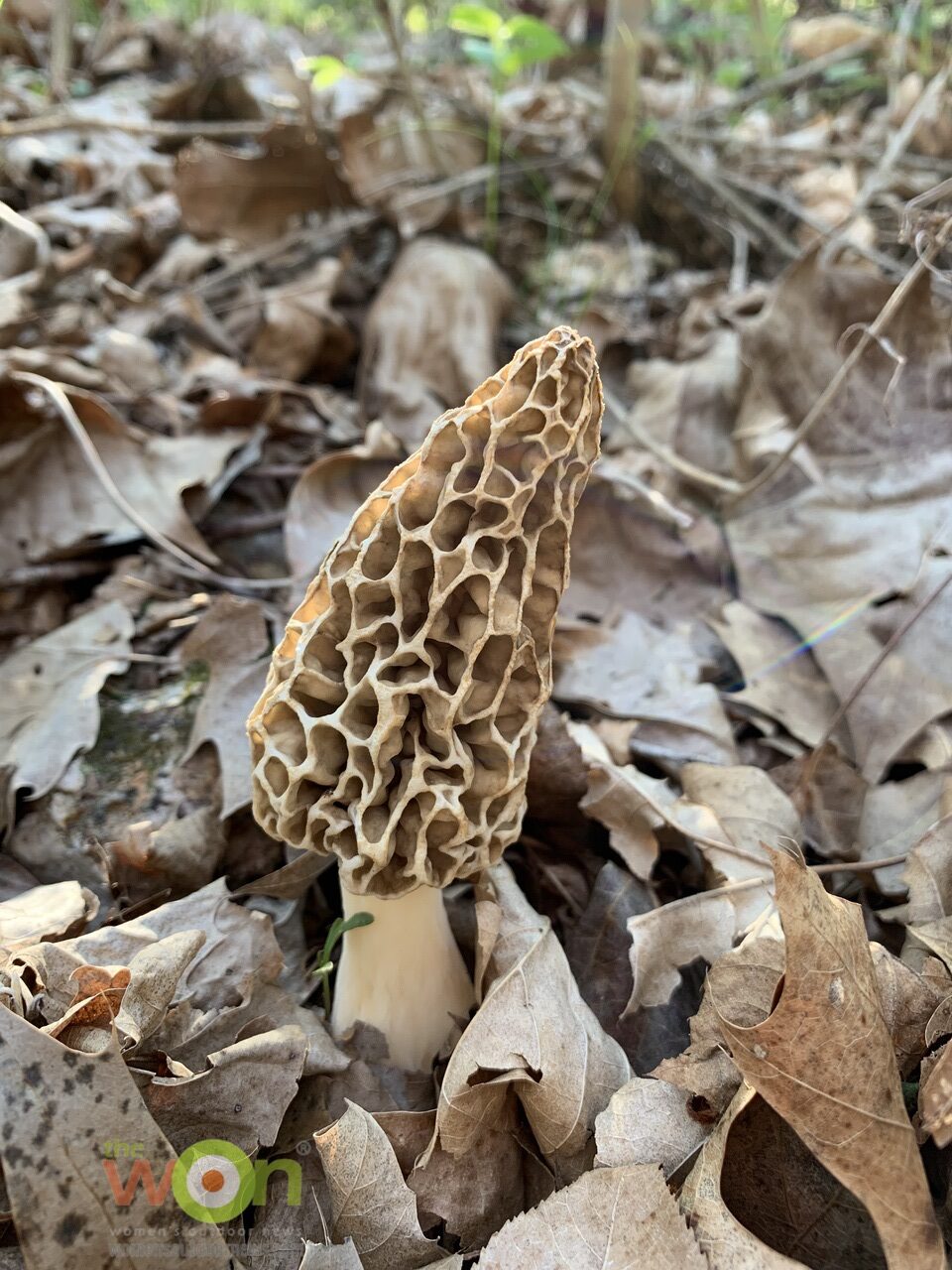
So many people don’t even know where to begin. I recommend that you find someone who knows how to find morels and ask that person to teach you how to do it. Of course, that doesn’t mean you are expecting your friend to take you to secret spots, the honey holes. That’s asking a lot of any friend, although I have introduced a few of my good friends to the right spots on our place.
We find success in our woods in a couple of locations, and that’s where we have sycamores, water and lots of leaf debris and decaying wood. We usually find morels on southern-facing slopes and the temperatures must be in at least the 60s by day. The ground, supposedly, is supposed to have warmed to around 50 degrees.
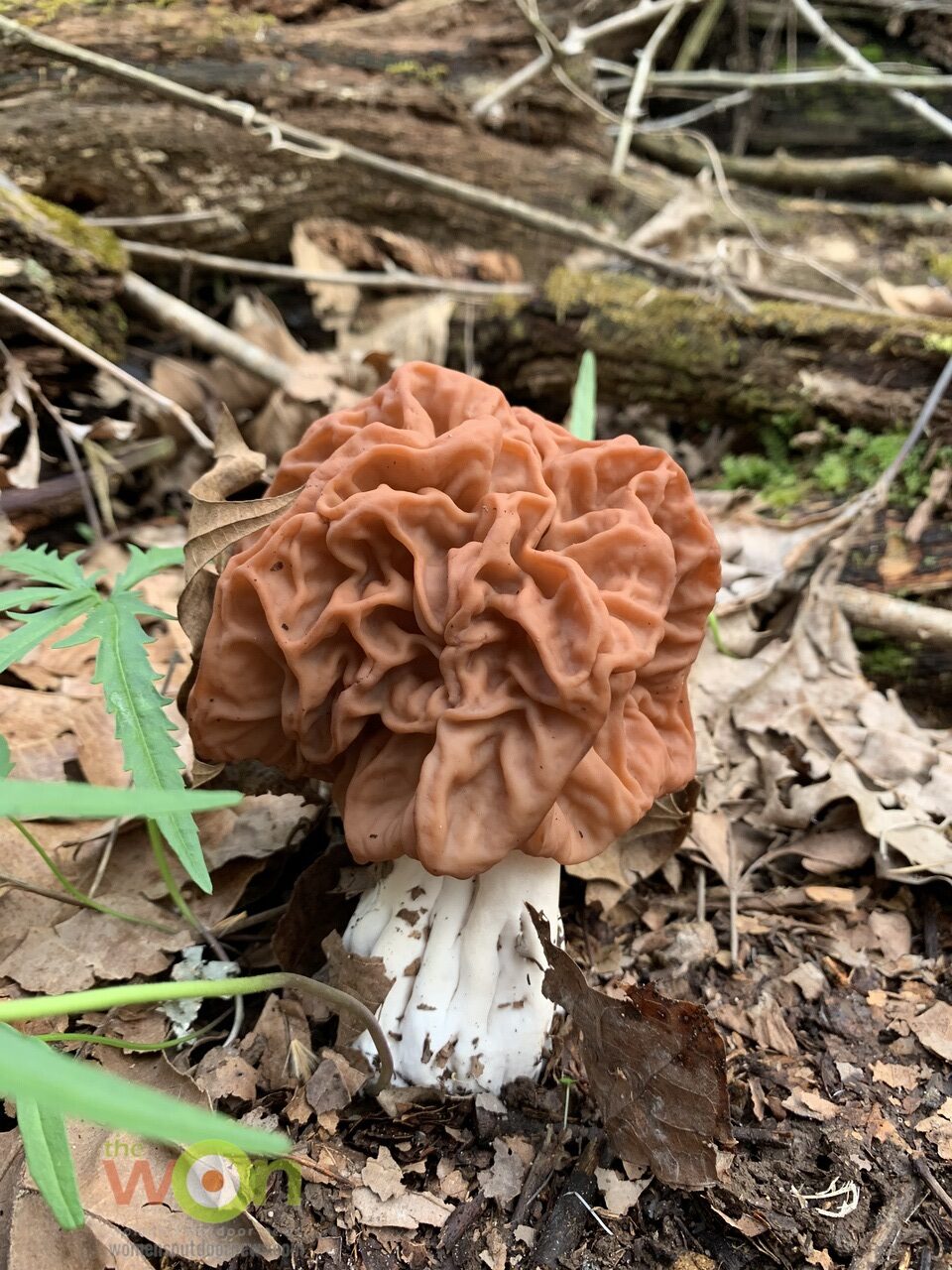
The best way, though, is to use technology, namely Facebook, to find when morels have popped from the earth. For the Ozarks, this one, Missouri Morel Hunting, is really good. It even offers a map that shows where morels have been found statewide. Perhaps you have a more regionally specific Facebook fungi group?
My friend said she walked through her woods, looking for morels. Walking won’t do it. Of course, you have to walk, but also, you must stop and look — frequently. Make sure you know exactly what you’re looking for before you go. Here are examples of morels in Missouri.
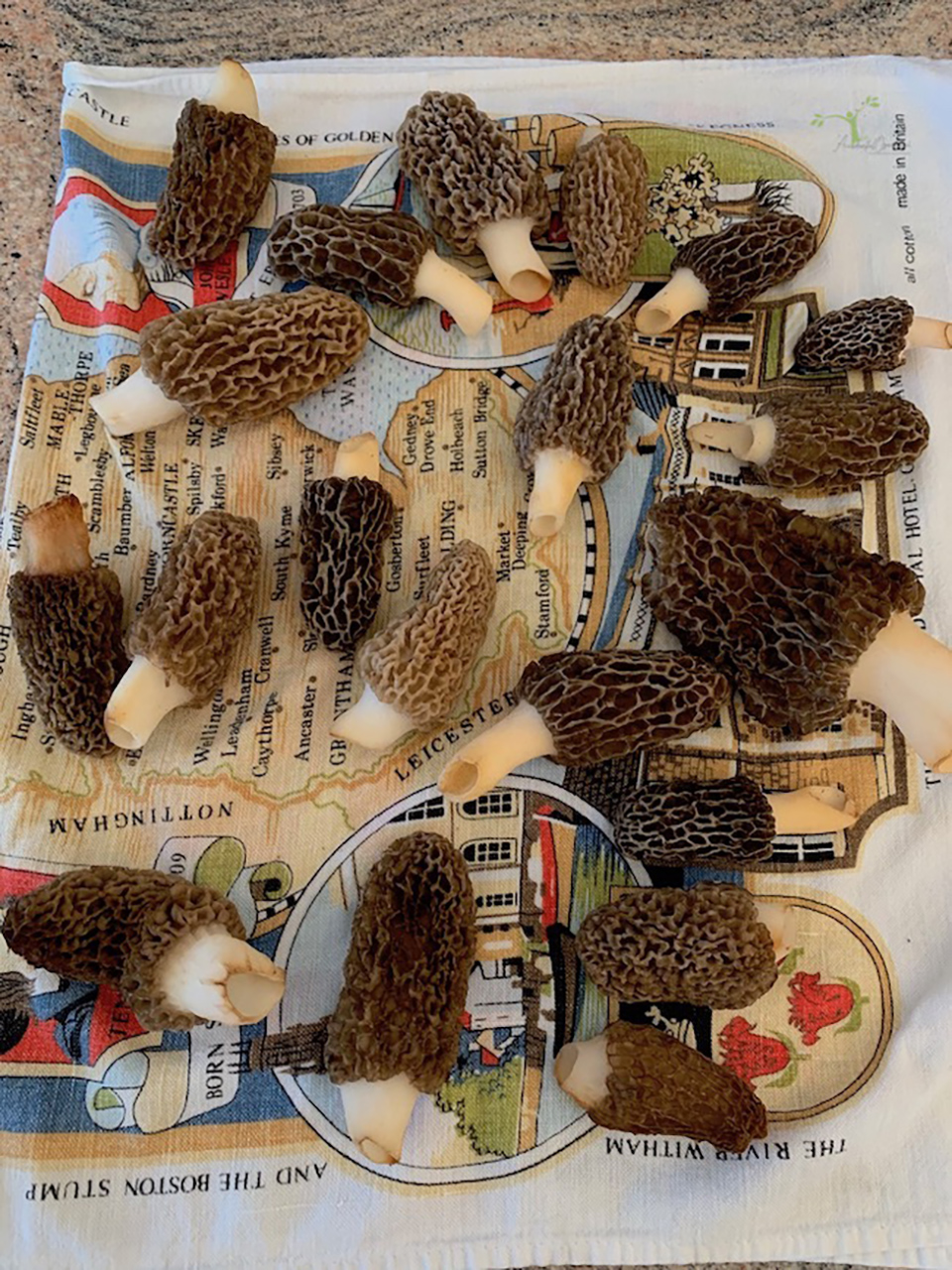
I have found that when I find one, there quite often is another 2 or 3 nearby. The best way to look is to get down at morel level, and after cutting it off at the stem with a knife and placing that mushroom into a net bag – such as a potato or onion bag or lingerie washing bag – then look around. Leaves hide smaller mushrooms that have not poked through yet, and also, they are so perfectly camouflaged in leafy debris.
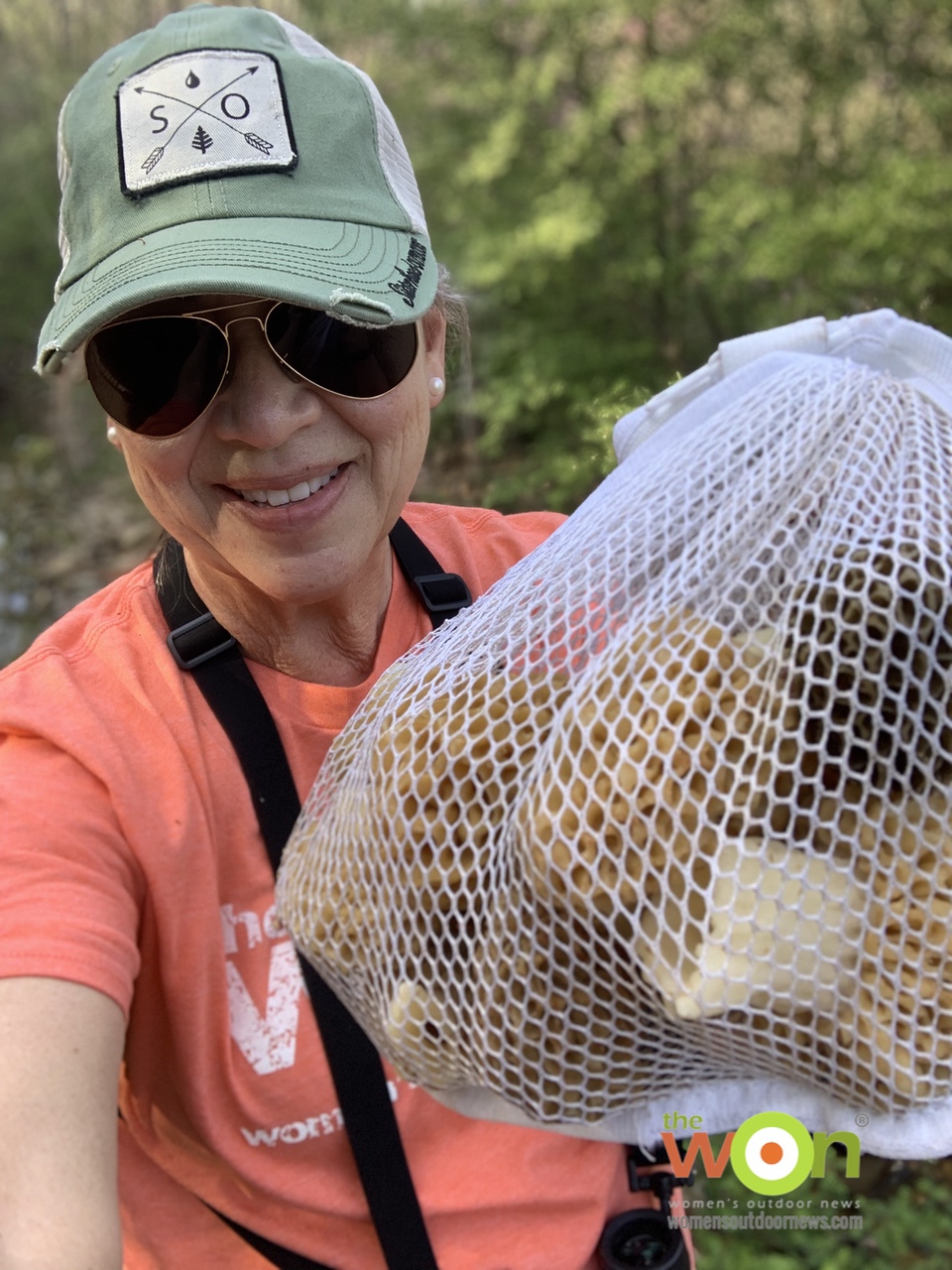
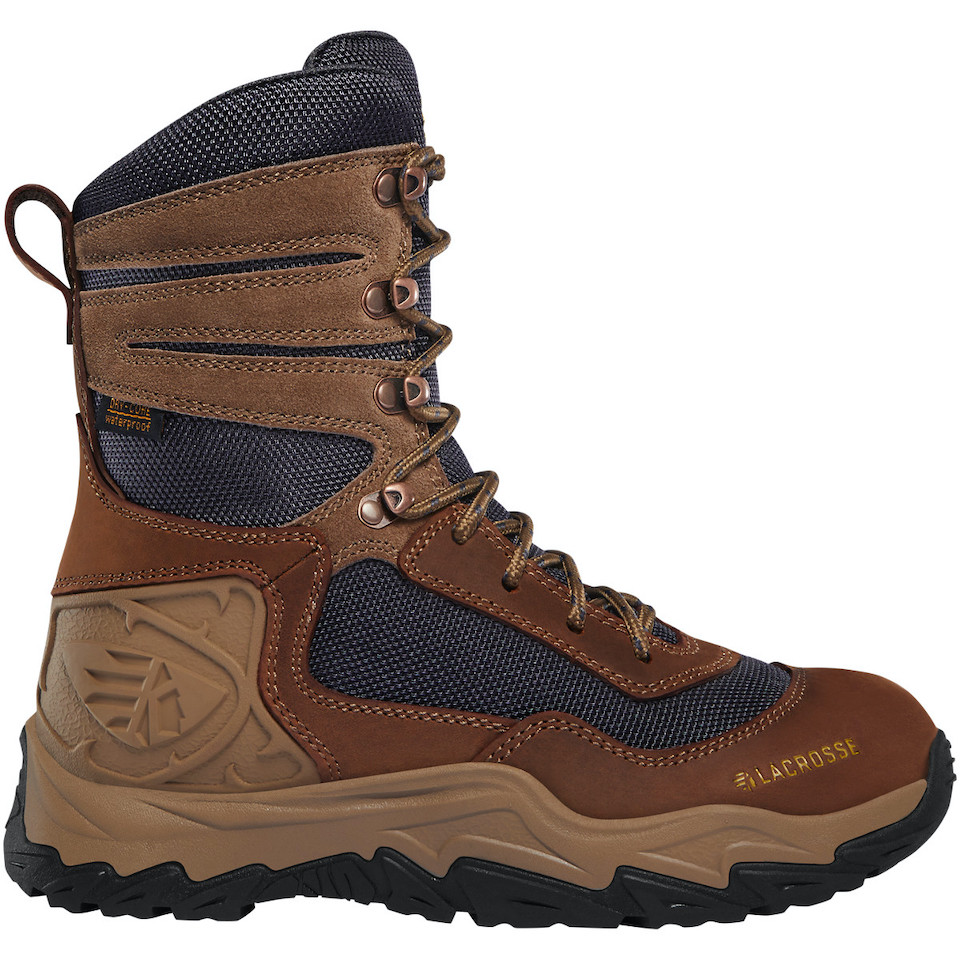
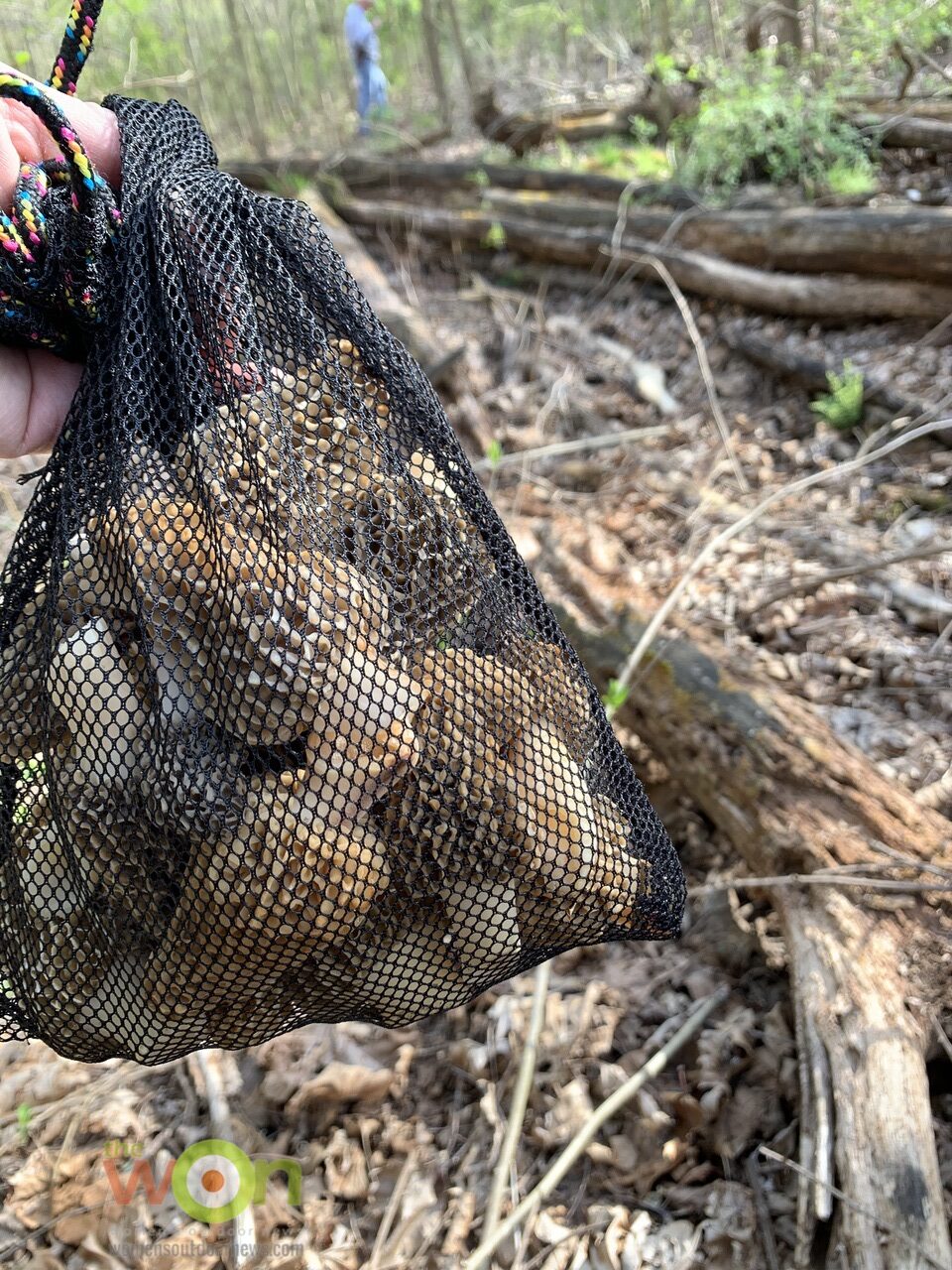
Don’t forget to put tick spray (I use Permethrin) on your clothes before you go out. I have found that this concoction works the best. When I return from mushroom hunting, I peel off all clothes in front of the washing machine, and jump in the shower. Then, I use Dawn dishwashing detergent on a washrag, paying special attention to my face, hands, neck and arms – any place that I may have touched while out hunting. This method has prevented me from my annual poison ivy attack as well as given me the opportunity to check thoroughly for ticks.
I soak them in salty water for a little while and then, give them a light rinse and place on a tea towel to dry. Then, I put them into a paper sack in the fridge or cut them and dry them in my dehydrator to use in stews. They’re also great, I hear, sautéed in butter or bacon grease, and placed on top of a hot steak after it comes off the grill.
For an out-of-this-world appetizer, make an egg wash with milk in a bowl, then, slice the mushrooms in half vertically, and drag through the wash. Place crackers of your choice (saltines, Ritz, whatever) into a Ziploc bag and crush with a rolling pin. Then, drop the mushrooms into the bag and just like “Shake and Bake” says, shake it and then, place each mushroom into a hot skillet with either bacon grease or butter. You decide. Fry till crispy.
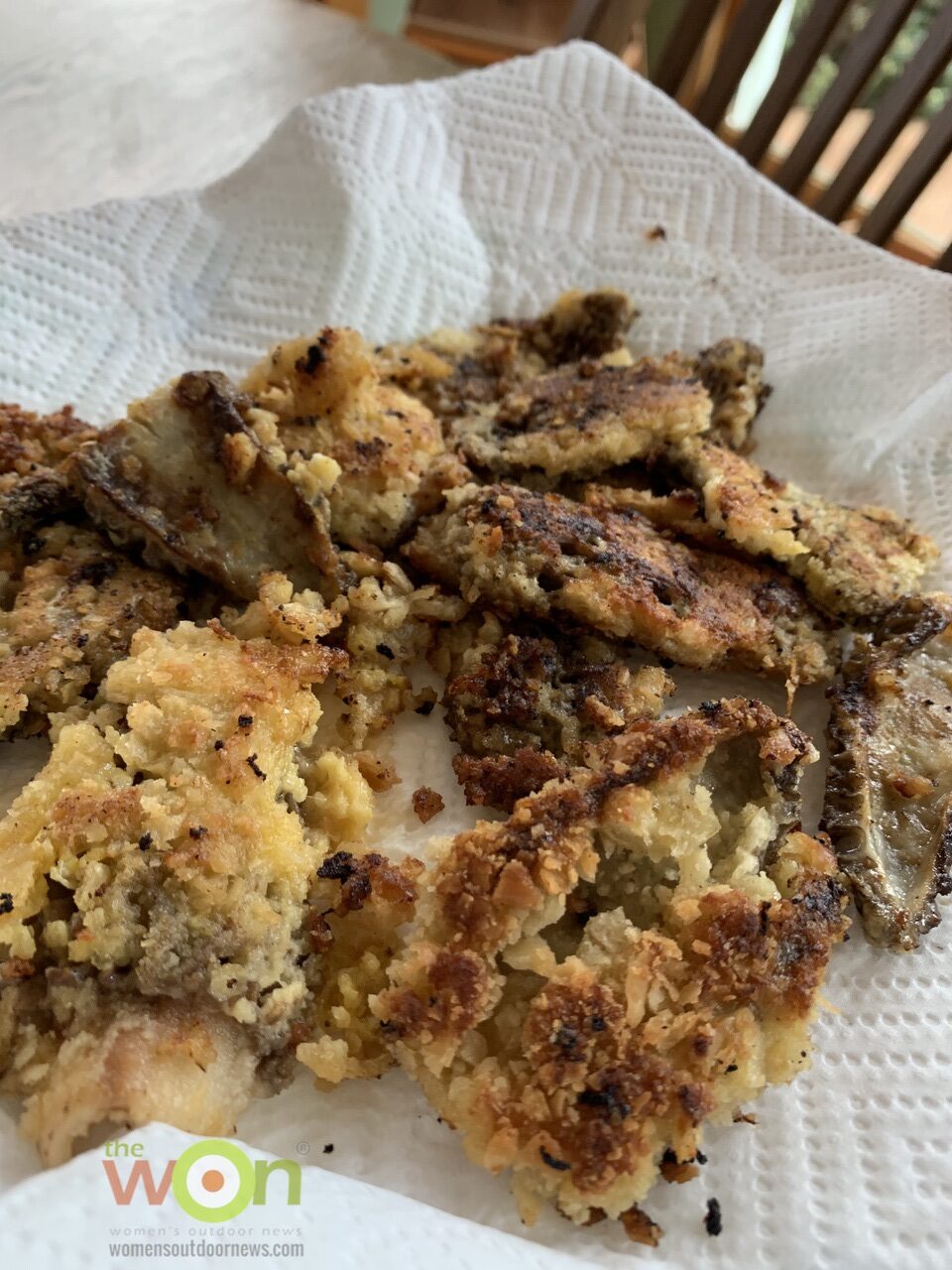
Leftovers (if there are any) might be enjoyed mixed in with scrambled eggs the next morning.
You can always pop over to my travel blog’s Facebook page and tell me where you’re finding them, and how you’re eating them!
If you want to read more about how to find morel mushrooms, check out these posts.
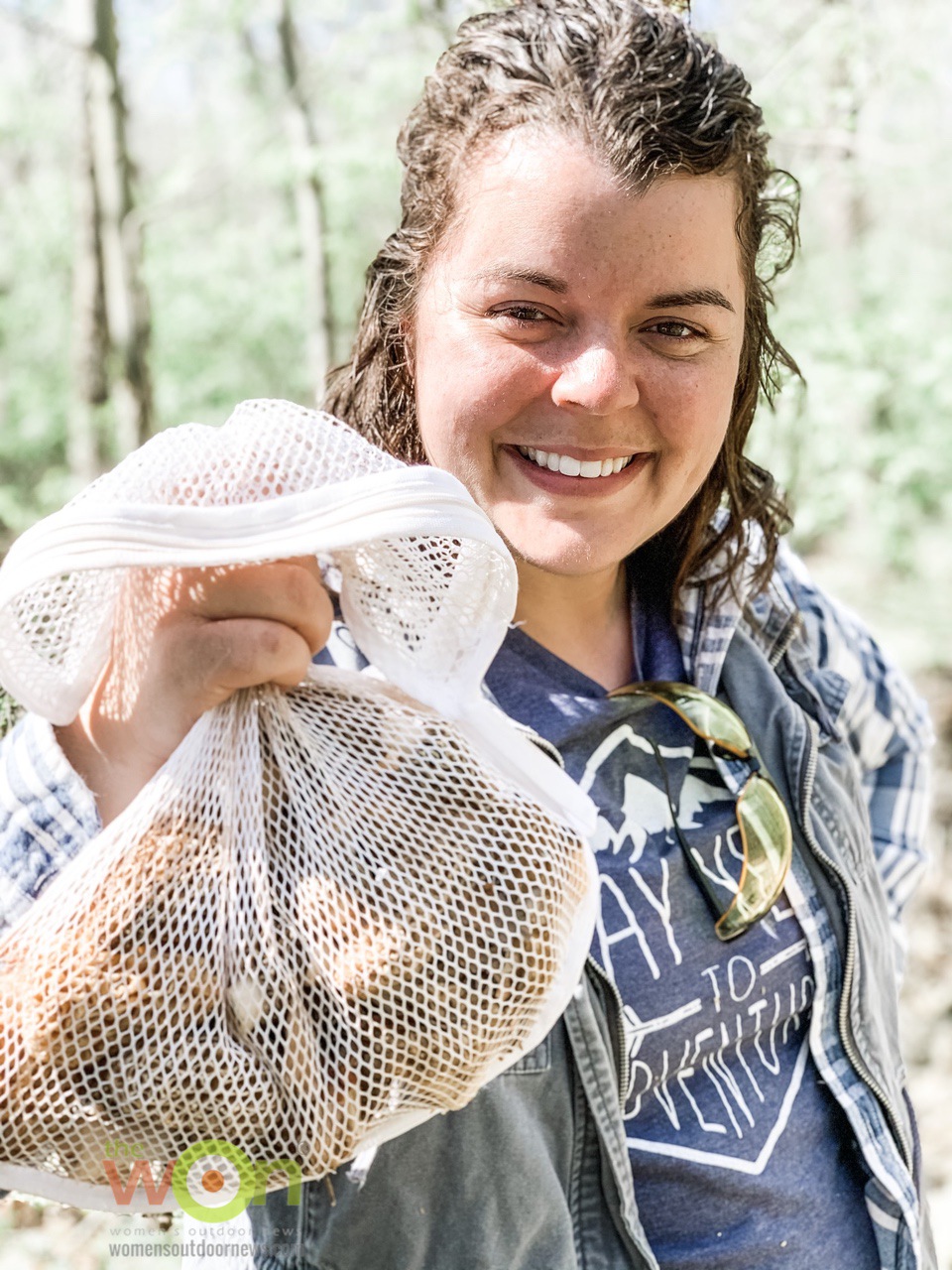
Publisher/Editor Barbara Baird is a freelance writer in hunting, shooting and outdoor markets. Her bylines are found at several top hunting and shooting publications. She also is a travel writer, and you can follow her at https://www.ozarkian.com. View all posts by Barbara Baird